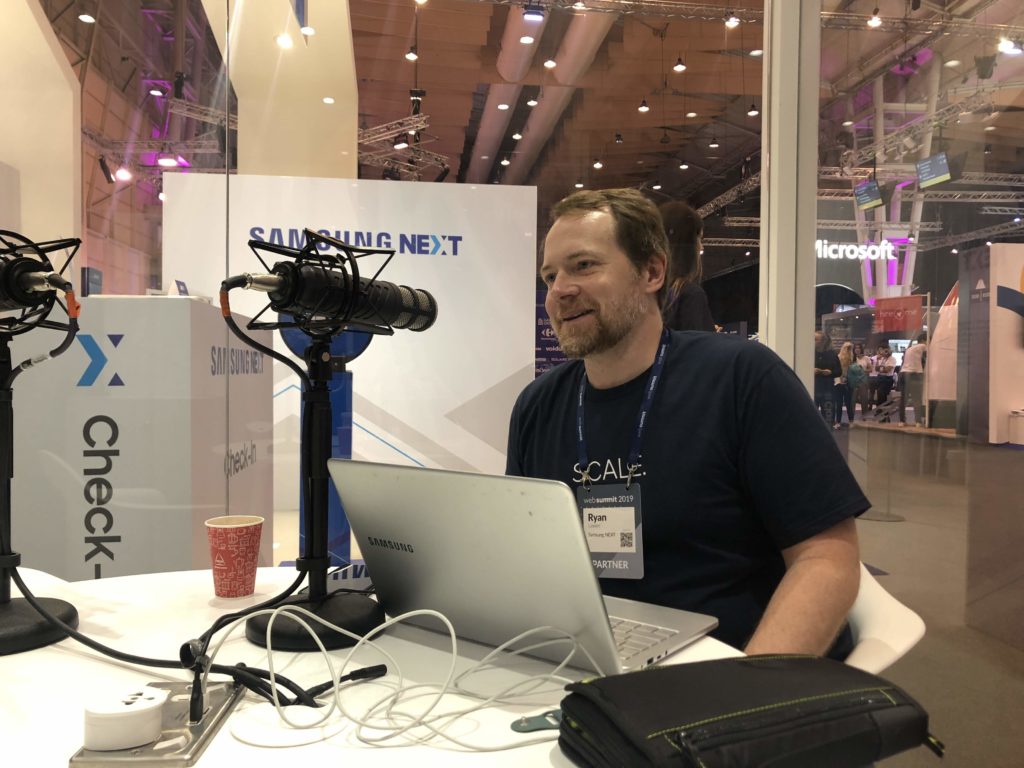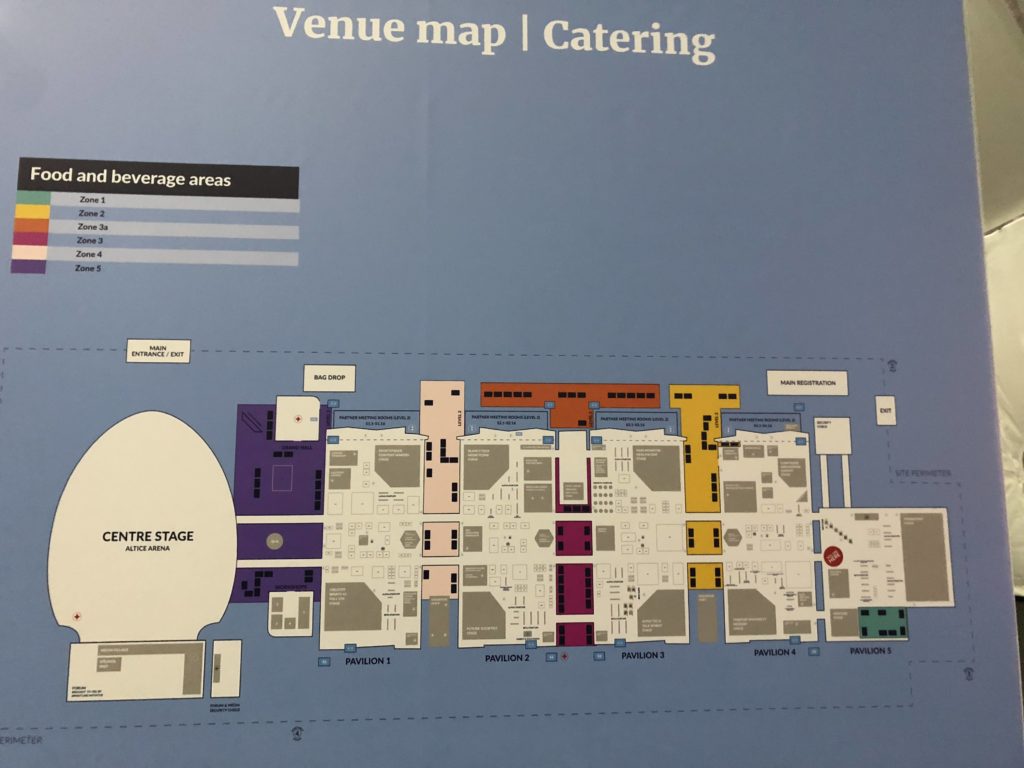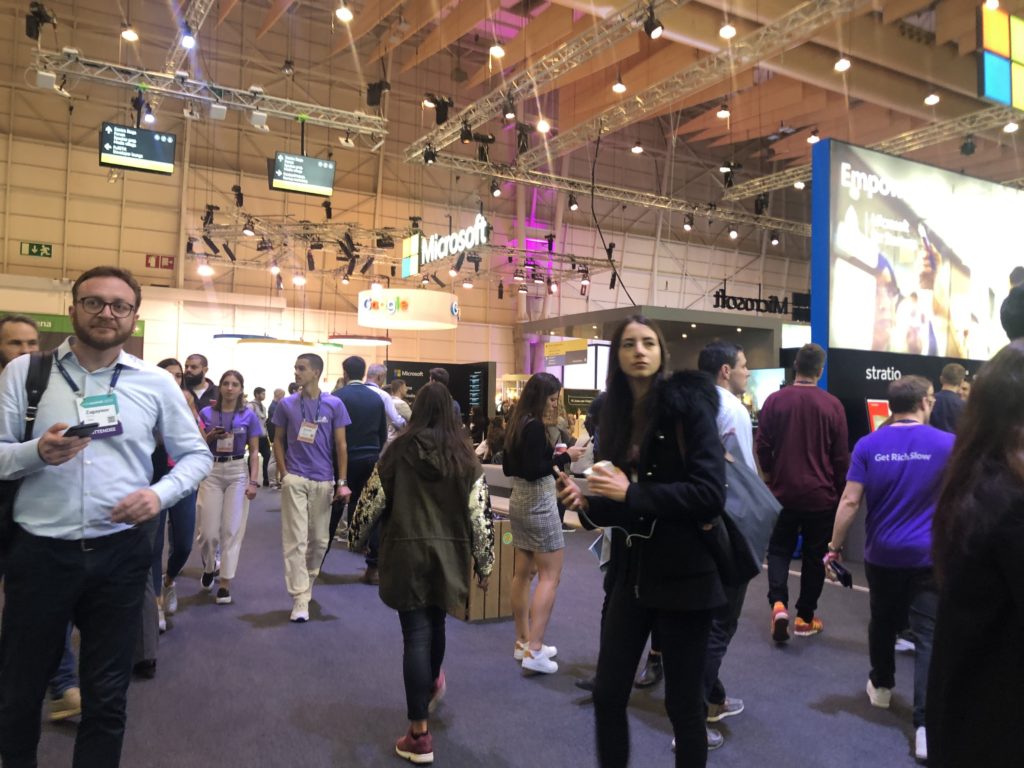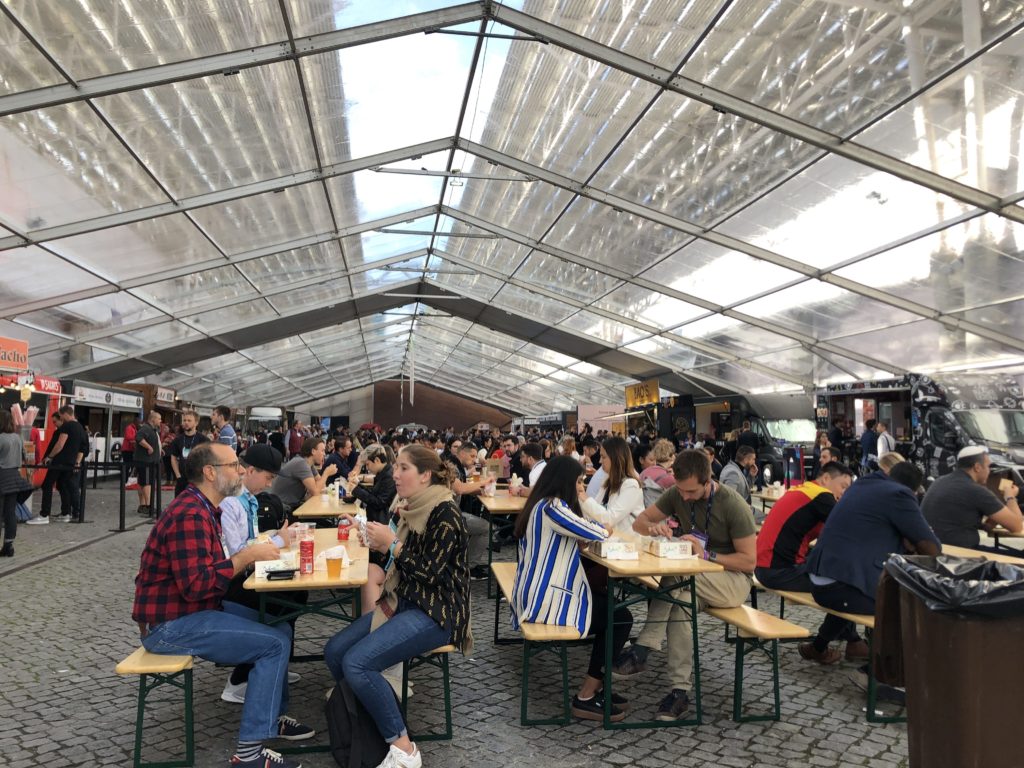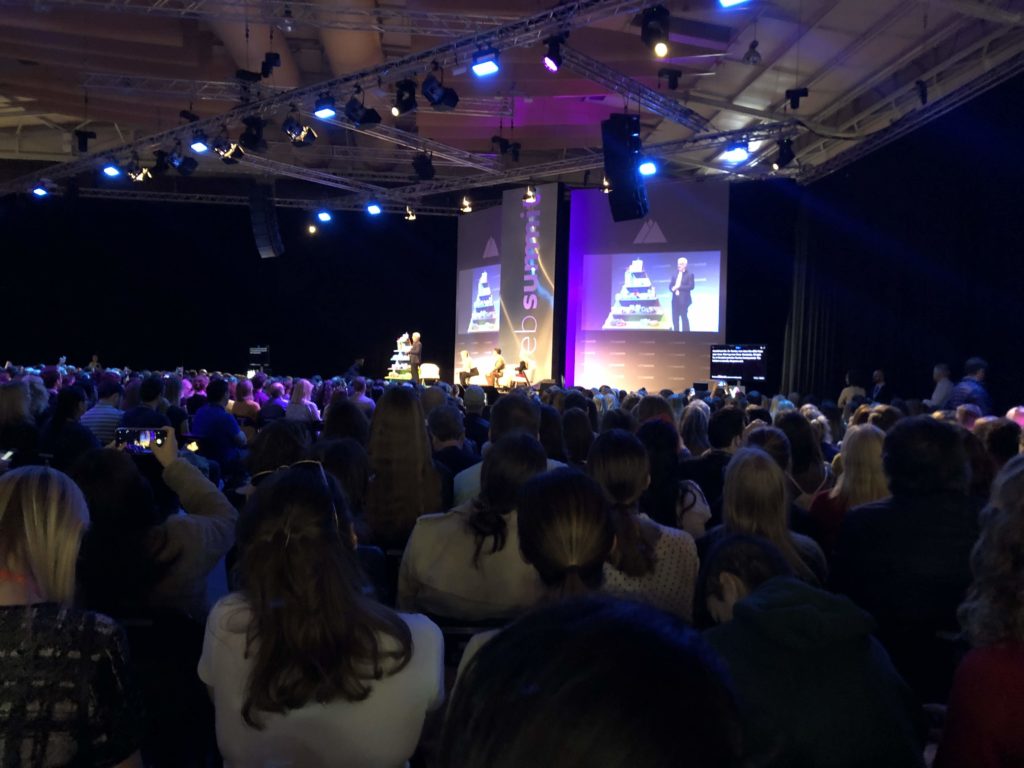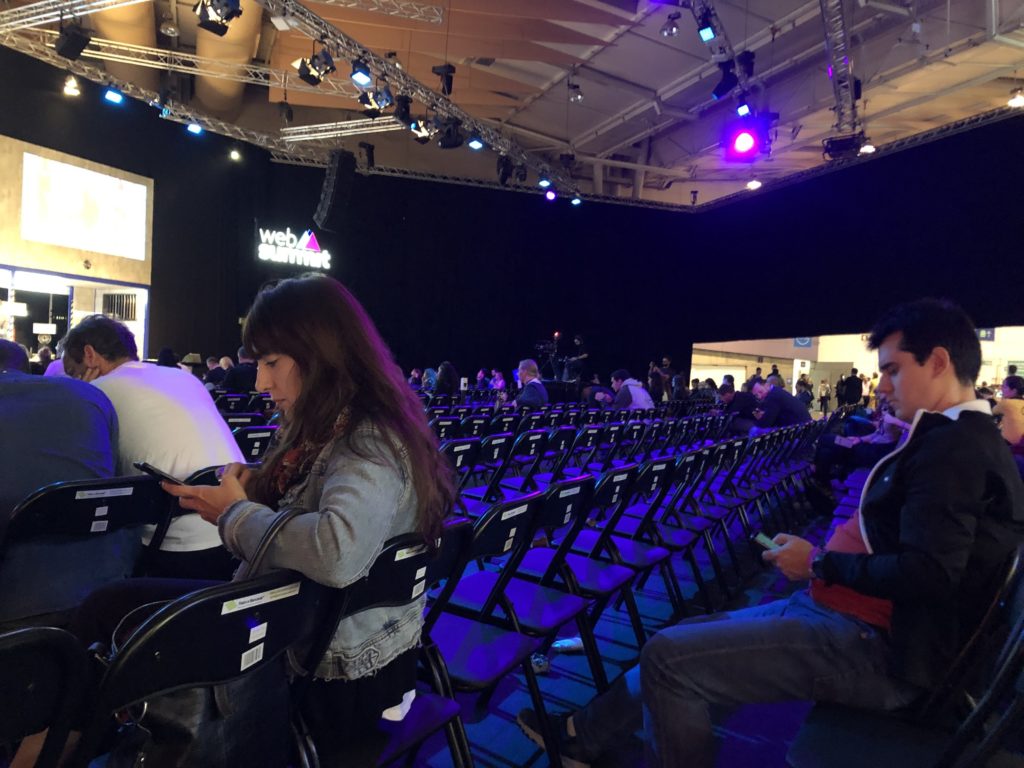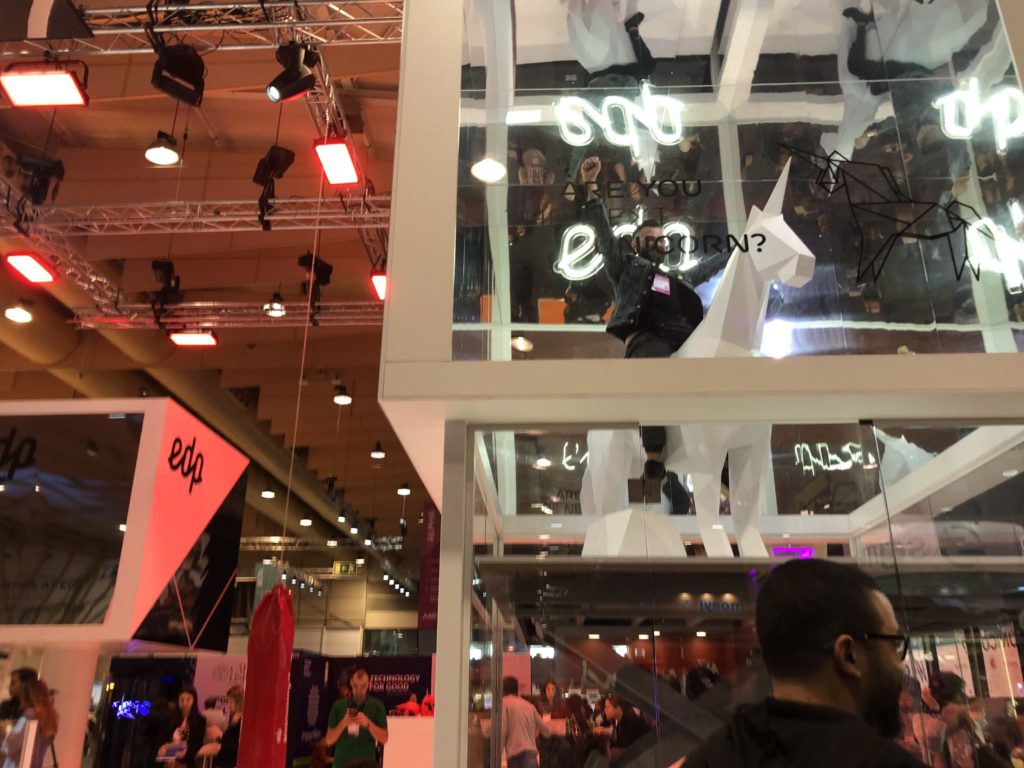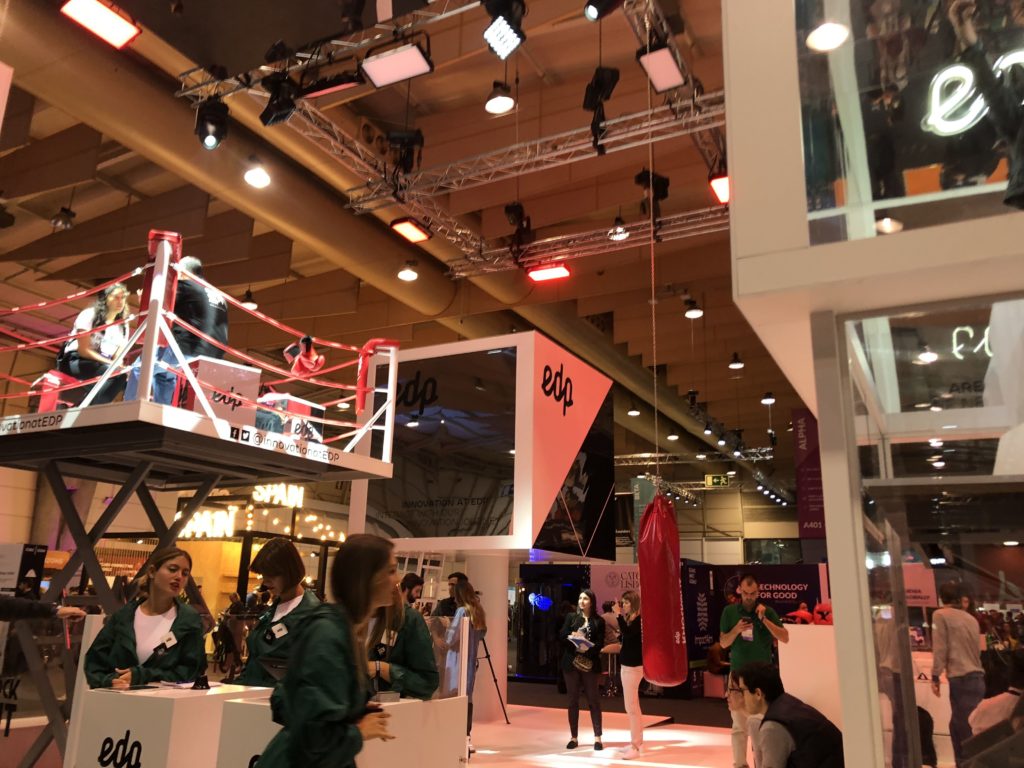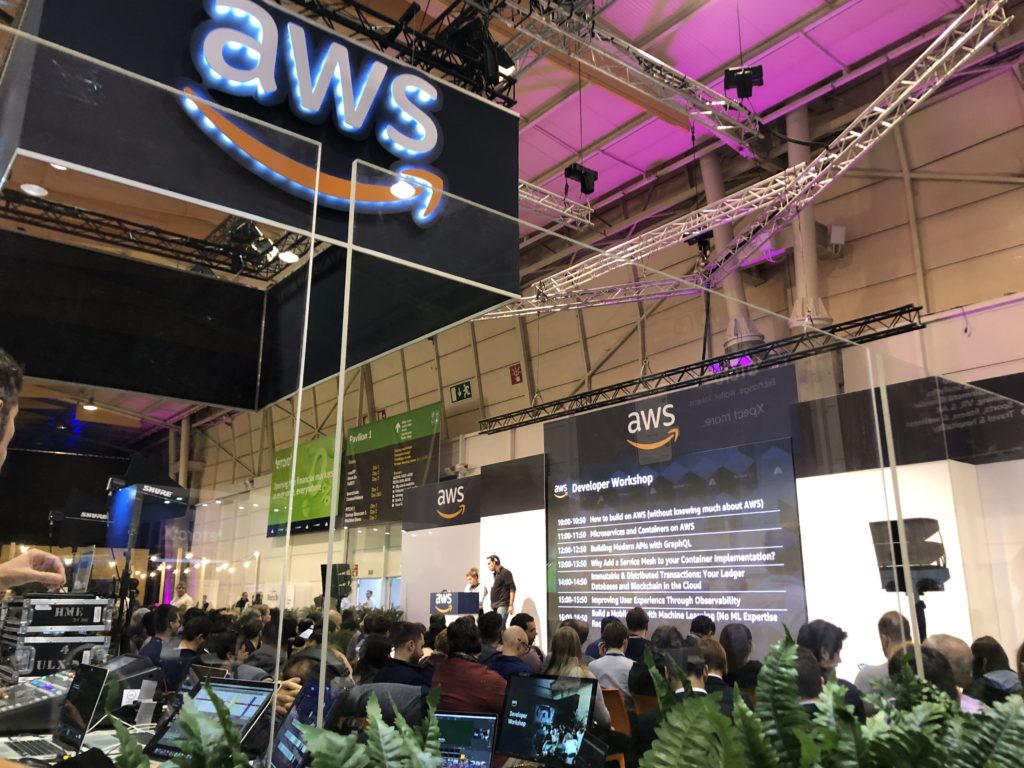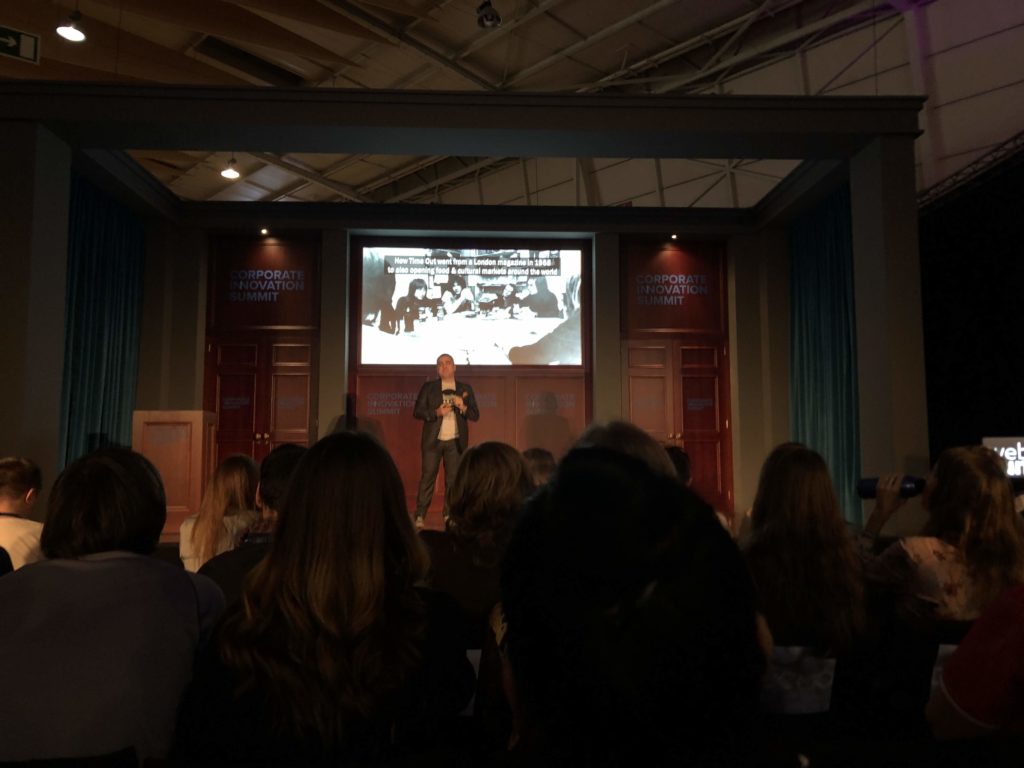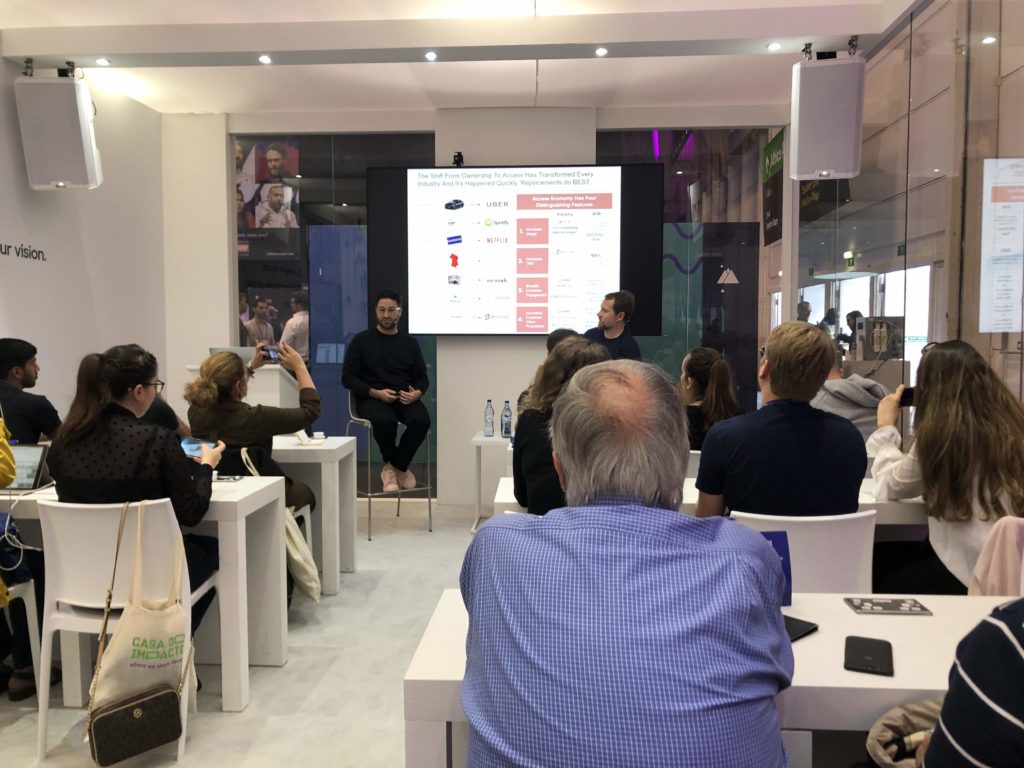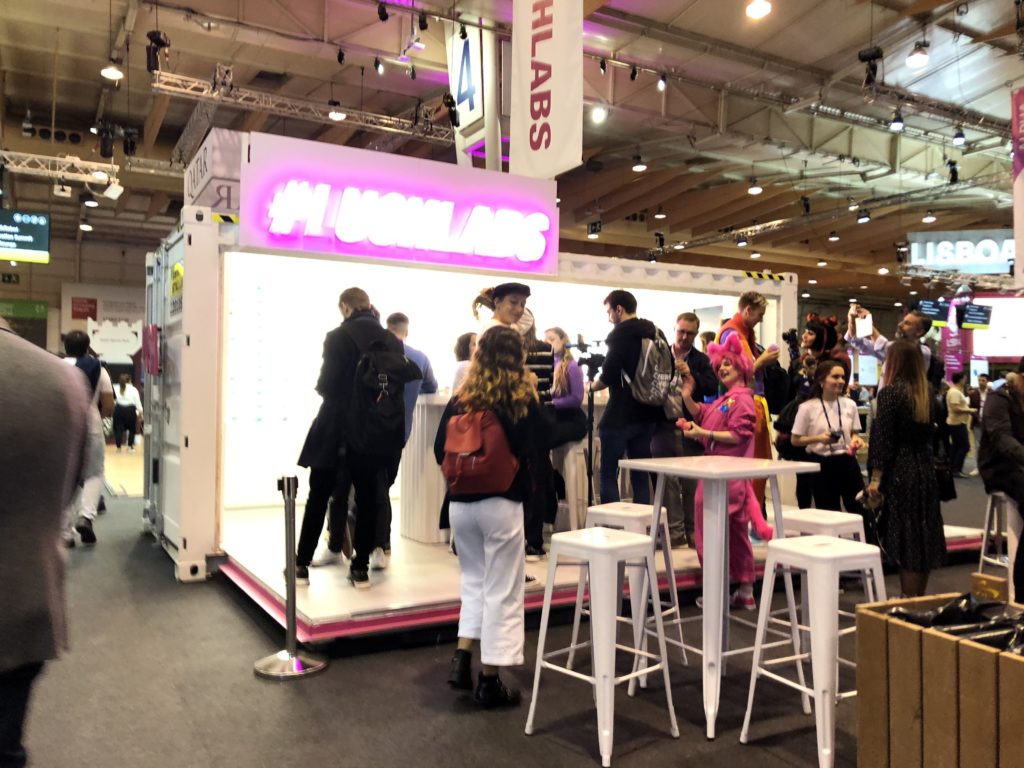About three years ago I wrote a post wondering to myself if I was finally a real software developer yet. I was volunteering at my first RubyConf and having a bit of imposter syndrome. Feeling like an imposter happens to all devs at some point. Well, it’s time to check another dev career rite of passage off the list – I was laid off!!
After three years and some change at my last job, the company’s biggest client took some development in-house, and cut their budget by 50%. Half our team was then let go, which I suppose was shocking, but not for me. Unfortunately I saw it coming when I got wind of the budget cuts. Something had to be done to save the business, it was inevitable, and I don’t take it personally.
Still, it was weird as it was actually happening. It all went by so fast. It went something like this: See a new meeting with the mysteriously vague title “Business/Project Update” on your calendar, go to the meeting 30 minutes later, and boom – now you’re all done here. No, don’t worry about transitioning your project or tying up any loose ends. Whoops, you can’t send a goodbye to everybody because you don’t have Slack or email access anymore. Do you have any questions? No, not at the moment because you’re blindsided and confused? You can email us later if you do. No, there’s no packet of information with 401k rollover and COBRA paperwork. No, there’s no exit interview. Here’s a check, good luck out there!
Being laid off as a remote employee was quite surreal. It felt like I was watching a TV show, especially as it was a GROUP meeting layoff. I didn’t even know those existed. Up in the Air did not prepare me for that! Once I exited the video call, I stood dazed for a bit, looking around my office. Things just looked different to me. I’ve had the same feeling a few other times in my life when I got bad news. Then I immediately FaceTimed with a coworker who also got laid off. You could say that we had some processing to do…
Friends and former colleagues have reached out asking if I’m okay. I imagine that my emotions will be all over the place as time goes on (and the brutality of interviewing for software engineering jobs takes its toll), but honestly right now I’m feeling great.

I’d been asking to transition off of my last project for at least 8 months, and since the company hadn’t won any new projects lately, the only path to more interesting work was going to be getting a new job. So I was already casually looking. Now I get severance and unemployment* while I job hunt full-time??? I’m so lucky.
Even though I’m financially ok, it’s hard to let go of the intense scarcity mindset that hits you the moment you find out it’s over. But I really want to take this as an opportunity to rest and reset, learn some new technologies that have been on my to-do list, create an awesome portfolio site, finish CS50, explore Philadelphia, watch all 100 of AFI’s top 100 films of the century, actually get around to decorating the house, get back into knitting, nurse my plants back to health, run a 15k, adopt a fat ginger kitty… As you can see there’s so much TO DO out there. It makes me excited.
That said, if you know of anybody hiring remote JavaScript/Python/Ruby devs, or even contract work, let me know! Here’s my resume. My most recent projects have been in React & React Native / mobile and front-end development, but I’m open to anything. These things take time, so I might as well put it out there now.
* If I can figure out how to straighten out the mess of having worked in multiple states. I got denied because PA didn’t have CA’s wage info, appealed the decision, and now I have to go present my case in person at an appeals hearing. It will all work out, but it is super confusing. Never depend on unemployment! Have an emergency fund!
